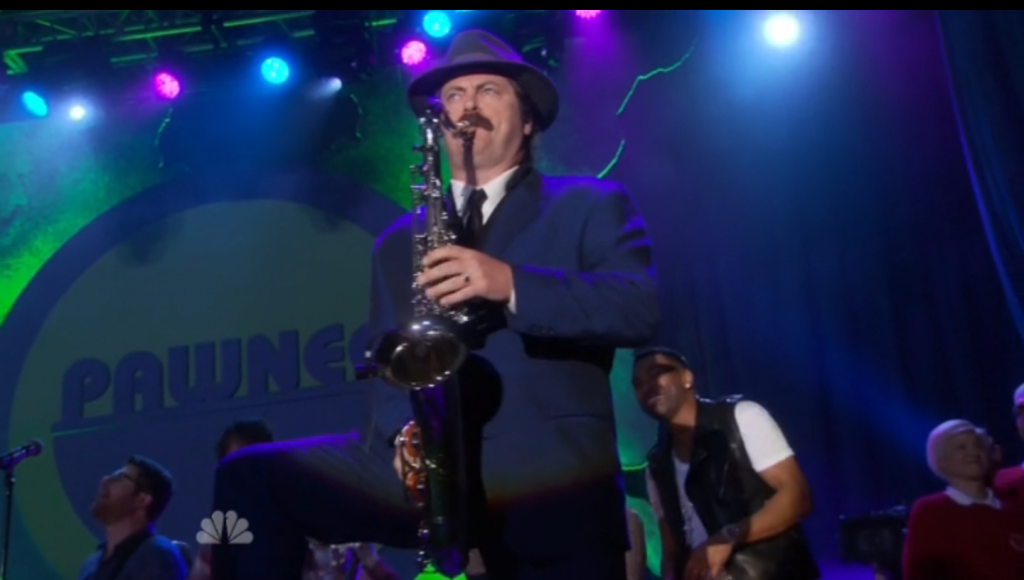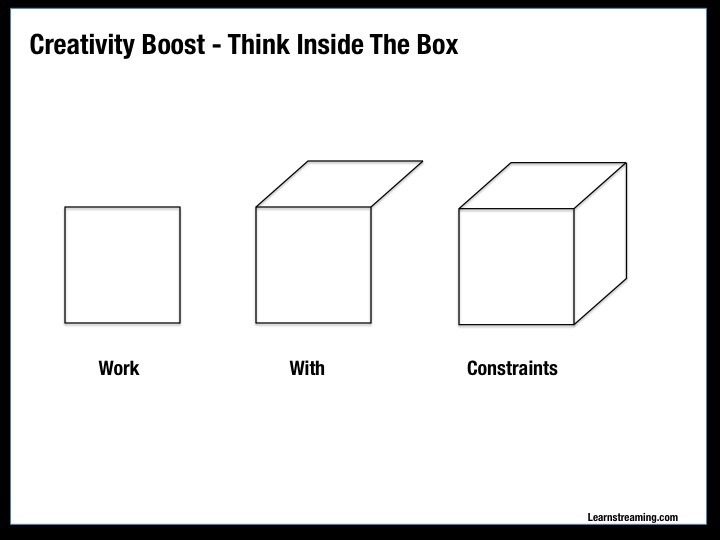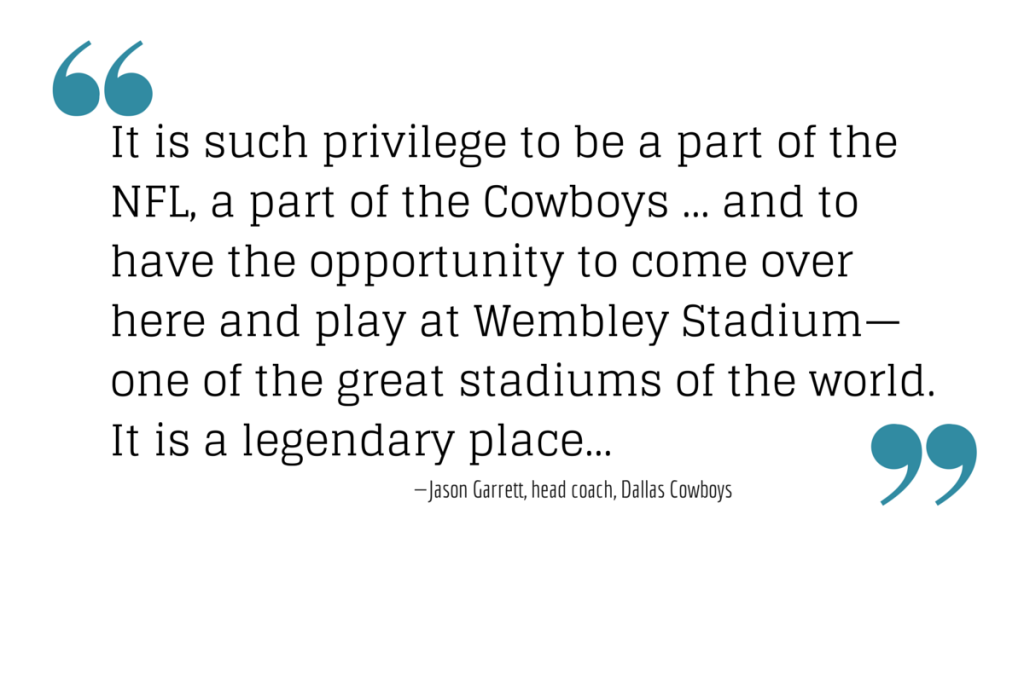Happy Birthday, Mr. Sax
Whether it’s a tenor, alto, or bass, a saxophone adds sultriness to any song. For this, you can thank Adolphe Sax, who was born 200 years ago today. The instrument named after him was created in 1841, and it’s been tearing through songs ever since.
In honor of his birth, we took a staff poll here at IAVM headquarters of songs with the best sax solos. These are our picks. Please let us know your choices in the comments below, and we’ll add them to the post.
Political Correctness Increases Creativity at Work
People often think unlimited options help increase creativity. However, one of life’s great paradoxes is that it is restraint that leads to an increase in creativity and production. For an example, let’s turn to political correctness in the workplace.
“Our work challenges the widespread assumption that true creativity requires a kind of anarchy in which people are permitted to speak their minds, whatever the consequence,” said Jack Goncalo, associate professor of Organizational Behavior at the Cornell ILR School and lead author of the study “Creativity from Constraint? How Political Correctness Influences Creativity in Mixed-Sex Work Groups.”
Goncalo and colleagues found that instead of limiting creativity, a political correctness policy boosted a group’s creative output. The reason is because the policy set a level playing field for everyone.
“Political correctness facilitates idea expression by reducing the uncertainty that people tend to experience while interacting with the opposite sex,” Goncalo said. “The PC norm, by establishing a clear guideline for how to behave appropriately in mixed-sex groups, made both men and women more comfortable sharing their creative ideas.”
Goncalo, though, suggests a troubling meaning to the study’s findings.
“The fact that men and women still experience a high level of uncertainty while working together and that a norm as restrictive as PC provided a safer environment for free expression means we still have a lot of work to do,” he said.
(photo credit: DennisCallahan via photopin cc)
The Other Reason Taylor Swift’s “1989” Going Platinum Could Be Good News for Venues

The first reason is the obvious one—Swift’s tours are massively successful. Here are a few highlights from “The Red Tour” in 2013-2014:
• 86 shows on four continents
• 1.7 million tickets sold (100 percent sold out)
• US$150 million in total revenue
• Swift became the first female solo artists since Madonna (1993) to headline a stadium tour in Australia, including the first sold out show—ever—by a female artist at Allianz Stadium in Sydney on Dec. 4, 2013 (source)
The other reason Swift’s new album might matter to venues is a bit more obscure, but can be pieced together when looking at the mix of ingredients that have helped Swift achieve such resounding success. In a report by Sam Sanders with @NPRmusic, three notable efforts by Swift and her label are explored, and here is a summary of two of them:
1. Swift keeps her brand in the tangible world
Whether it’s the run of talk shows or the private viewing concert she hosted in her house, Swift keeps a real-world connection to her audience, reinforcing the popularity of experiencing her live instead of through headphones. So much so, that we have point No. 2:
2. Swift is pulling her music off of the Internet, but not out of the venue
The NPR article cites a few potential reasons that Swift pulled her entire catalog off of Spotify (including her label possibly being on the market), but part of the decision seems to stay consistent with Swift’s focus on her audience experiencing more than a digital file. Swift packed the physical 1989 CD with photos, additional recordings, and secondary content that clearly differentiate the final product from a stream or download. To truly experience Swift’s content, you’ll need to look offline, and each venue on her upcoming, 57-stop tour will play a pivotal role in fulfilling this distinct business model.
Currently, it does not look like anyone can quickly replicate Swift’s decisions, or her success, but her ability to transcend current norms (like online streaming) might chart a course for a future trend yet to be defined. Venues and tours collaborating on new ways to support a tangible fan-to-artist dynamic (like Swift’s) could be instrumental in ushering in the next chapter of experiences only available to those with a ticket to an upcoming show.
Read or listen to the full NPR article here.
(Image: Eva Rinaldi)
How One College Football Team is Using Drones
Your opinions on drones may vary, but it’s safe to say the technology tool is here to stay and will only increasingly become more a part of our lives.
Case in point: The University of Miami foot team is using drones during practices to improve its game.
“With the help of an affordable $500 toy, Miami coaches and players are studying film like never before,” Tim Reynolds wrote. “The Hurricanes are using a drone with a camera attached to capture their practices, now studying footage gleaned from its unusual vantage points along with what’s collected from more traditional places like sidelines and end zones.”
Reynolds reports that Miami isn’t the first school to use drones at practice—there are also UCLA, Tennessee, and Louisville using them. However, for Miami drones can be used for much more than practice.
“Miami isn’t just tinkering,” Reynolds wrote. “The drone is necessary equipment now for the Hurricanes, who are planning to acquire more and better ones soon, and it will soon be part of Miami’s recruiting pitches.”
Please visit Inc. to read the rest of “How UMiami is Using Drones to Improve Its Football Team.”
(photo credit: Don McCullough via photopin cc)
Do you want to receive a Front Row News weekly digest?
Categories
- Allied (861)
- Architecture (147)
- Arenas (747)
- Career (897)
- Convention Centers (895)
- Education (623)
- Events (1,544)
- Food & Beverage (193)
- Foundation (113)
- Guest Experience (1,496)
- Industry News (2,270)
- Leadership (1,888)
- Marketing (150)
- Membership (2,000)
- Music (213)
- Performing Arts Centers (454)
- Professional Development (409)
- Research (127)
- Safety & Security (442)
- Sports (763)
- Stadiums (608)
- Student (159)
- Technology (516)
- Ticketing (92)
- Touring (82)
- Trends (364)
- Uncategorized (742)
- Universities (218)
- Video (25)
- Young Professional (198)
Twitter Feed
- Twitter feed loading
Recent Posts
- Seattle Convention Center Announces Strategic Leadership Appointment and Growth Initiatives for 2026
- Peggy Daidakis Humbly Made Convention Center History
- Welcome to Our Newest Members
- New Member Benefit! IAVM Partners with Advantage Training to Elevate Staff Readiness and Guest Experience
- Charlotte Convention Center Welcomes Two New Leaders to its Management Team
Categories
- Allied
- Architecture
- Arenas
- Career
- Convention Centers
- Education
- Events
- Food & Beverage
- Foundation
- Guest Experience
- Industry News
- Leadership
- Marketing
- Membership
- Music
- Performing Arts Centers
- Professional Development
- Research
- Safety & Security
- Sports
- Stadiums
- Student
- Technology
- Ticketing
- Touring
- Trends
- Uncategorized
- Universities
- Video
- Young Professional
Archives
- December 2025
- November 2025
- October 2025
- September 2025
- August 2025
- July 2025
- June 2025
- May 2025
- April 2025
- March 2025
- February 2025
- January 2025
- December 2024
- November 2024
- October 2024
- September 2024
- August 2024
- July 2024
- June 2024
- May 2024
- April 2024
- March 2024
- February 2024
- January 2024
- December 2023
- November 2023
- October 2023
- September 2023
- August 2023
- July 2023
- June 2023
- May 2023
- April 2023
- March 2023
- February 2023
- January 2023
- December 2022
- November 2022
- October 2022
- September 2022
- August 2022
- July 2022
- June 2022
- May 2022
- April 2022
- March 2022
- February 2022
- January 2022
- December 2021
- November 2021
- October 2021
- September 2021
- August 2021
- July 2021
- June 2021
- May 2021
- April 2021
- March 2021
- February 2021
- January 2021
- December 2020
- November 2020
- October 2020
- September 2020
- August 2020
- July 2020
- June 2020
- May 2020
- April 2020
- March 2020
- February 2020
- January 2020
- December 2019
- November 2019
- October 2019
- September 2019
- August 2019
- July 2019
- June 2019
- May 2019
- April 2019
- March 2019
- February 2019
- January 2019
- December 2018
- November 2018
- October 2018
- September 2018
- August 2018
- July 2018
- June 2018
- May 2018
- April 2018
- March 2018
- February 2018
- January 2018
- December 2017
- November 2017
- October 2017
- September 2017
- August 2017
- July 2017
- June 2017
- May 2017
- April 2017
- March 2017
- February 2017
- January 2017
- December 2016
- November 2016
- October 2016
- September 2016
- August 2016
- July 2016
- June 2016
- May 2016
- April 2016
- March 2016
- February 2016
- January 2016
- December 2015
- November 2015
- October 2015
- September 2015
- August 2015
- July 2015
- June 2015
- May 2015
- April 2015
- March 2015
- February 2015
- January 2015
- December 2014
- November 2014
- October 2014
- September 2014
- August 2014
- July 2014
- June 2014
- May 2014
- April 2014
- March 2014
- February 2014
- January 2014
- December 2013
- November 2013
- October 2013
- September 2013
- August 2013
- July 2013
- June 2013
- May 2013
- April 2013
- March 2013
- February 2013
- January 2013
- May 2012
- March 2012
- December 2011
- November 2011
- October 2011
Recent Comments
- Frank Bradshaw, Ph.D., CVE on John Meyer, CVE, a Tireless Advocate of Certification for Venue Professionals, Has Died
- Neil Sulkes on Hilary Hartung, Friend to Many in Venue Marketing, Has Left Us
- Jason Parker, CVE on The Devastation of Hurricane Helene and How We Can Support One Another
- Larry Perkins on Touhey Testifies Against Speculative Ticketing Before Congressional Subcommittee
- Peter Secord on Major Players for Planned Elkhart Amphitheater Were in the Mix at VenueConnect




